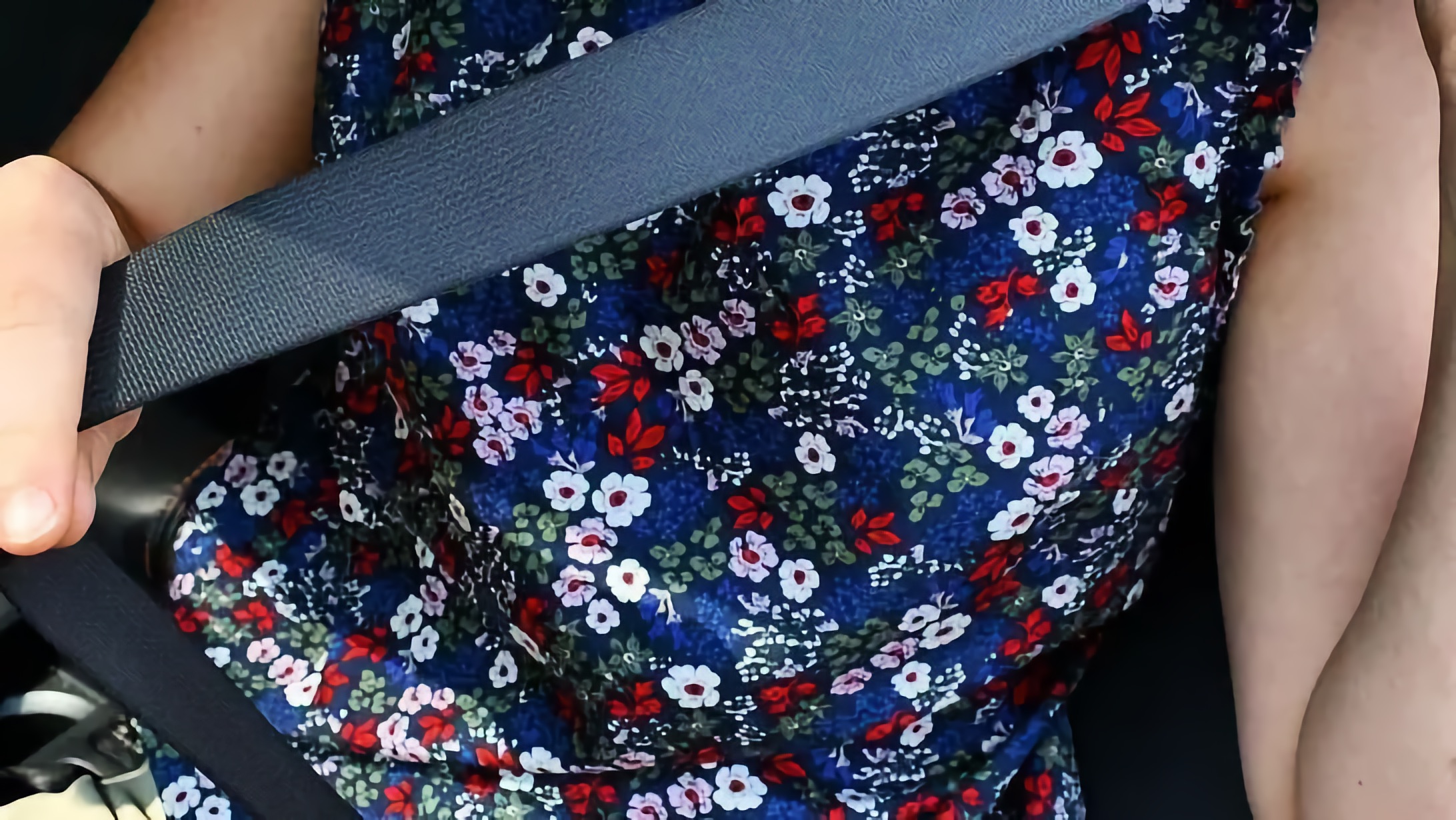Striving to remove barriers that prevent us from building Vibrant, Diverse, Inclusive, Accessible Communities!

The article argues that basic safety and comfort features—seat belts and public seating—remain exclusionary because standard designs and policies create barriers for People with Disabilities. It calls for planning grounded in inclusive design so equipment and layouts reflect real bodies, mobility, and sensory realities rather than a narrow default.
Standard three-point restraints, hard-to-obtain extenders, and tie-down complexity shift responsibility onto disabled riders. The article points to a practical remedy: remove barriers by making adaptive restraints available by default and training operators to use them—an approach aligned with the Social Model of Disability that locates the problem in environments, not bodies.
Public seating compounds the problem: sloped seats, missing backrests, tight aisles, scarce priority spaces, and opaque ticketing processes block timely access for disabled patrons and companions. These are products of policy and design choices shaped by ableism, which the piece urges administrators to confront through enforceable standards and procurement that guarantee usable, clearly marked seating.
Across data, policies, and lived experience, the throughline is treating accessibility as optional. The corrective is to remove barriers at the design and purchasing stages—vehicle restraints, transit interiors, and venue seating—so blind/low vision riders, wheelchair users, autistic riders, and others can travel and participate safely.
Read the full Article: Why Seat Belts And Public Seating Are Still Not Inclusive
By: Editorial Staff
Share or Print with:

